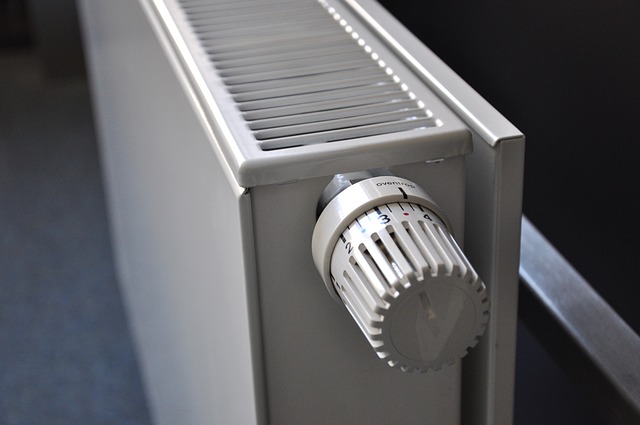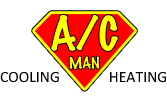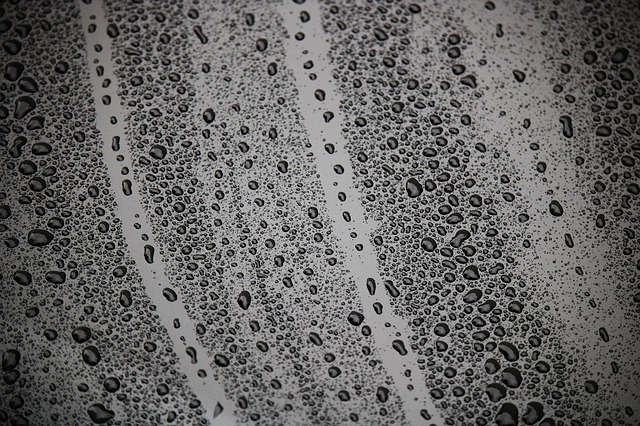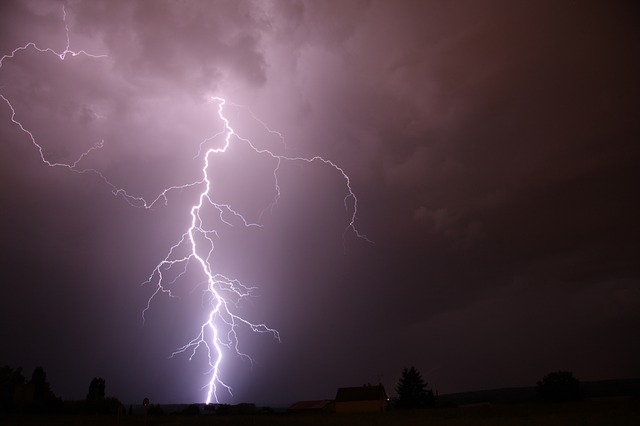Parts of HVAC 101: The Thermostat
Your home has a mechanism that you use to control the temperature inside. This mechanism is called a thermostat, and you are probably familiar with using it. You set it to the desired temperature and enjoy greater comfort in your home. Let’s talk about how the thermostat works, what common problems there are and how you can make sure to have it work smoothly.
 How A Thermostat Works
How A Thermostat Works
A thermostat keeps constant temperatures going inside your home. Once you set it to the temperature you want it at, it will make use of either the heater or the air conditioner to get the home to that precise temperature. It has a sensor that picks up the exact temperature of the room. When it picks up the current temperature it switches on or off like a light switch to get the heater or the air conditioner to get the room to the exact temperature desired.
Today’s thermostats are made with smart technology. This type of technology allows the thermostat to learn the heating or cooling patterns in the home. It learns how long it takes to get to a specified temperature making it more of an automated process to keep the home at the greatest level of comfort at all times. These smart thermostats also work to use energy efficiently, so your heating and cooling bills are always more affordable.
Thermostat Problems
Common thermostat problems include the following:
No Display
If the thermostat fails to display the temperature it could be that the breaker has tripped or that the battery is dead. Remove the cover and see if any dirt has built up or if there are loose wires or screws.
Temperature Does Not Change
When this happens, you want to check the thermostat for any dirt build up or a stuck anticipator. The heat anticipator signals the unit to turn on. If neither dirt nor the anticipator is the problem, see if the thermostat is receiving direct sunlight. This could be skewing the readout.
Thermostat Runs Constantly
If your air or heater are running all the time, the thermostat has a problem that should be looked at by HVAC maintenance Houston professionals. The problem could be the heat anticipator
Maintaining A Thermostat
Keep your thermostat clean and be sure that power is getting through the system. Dirt can cause several problems but all it takes is a gentle dusting every now and again to maintain the unit. Also, make certain that the thermostat is not facing direct sunlight. This can make your system operate at less than efficient levels. It can also make your home very uncomfortable.
If you still have problems with your thermostat, contact a professional HVAC company. A technician from the company can inspect the thermostat and find the problem. AC Man Houston is here to serve the area and will do both repairs and maintenance to make your HVAC system work perfectly. Schedule an appointment today and keep your air conditioner and heater in excellent shape.
Call us for more information!

 3. The drain line has mistakenly been disconnected.
3. The drain line has mistakenly been disconnected. Three Types Of Pollutants
Three Types Of Pollutants 4. Packaged Systems
4. Packaged Systems What About Floods?
What About Floods? Make sure loose items are put away or tied down. Severe weather often brings gusty winds along with it. If the wind is strong enough, it can wind up blowing objects into your outside condenser unit, causing damage as a result. In severe cases, it can even blow your entire condenser unit over. By securing any loose objects before bad weather hits, you can reduce the risk of damage.
Make sure loose items are put away or tied down. Severe weather often brings gusty winds along with it. If the wind is strong enough, it can wind up blowing objects into your outside condenser unit, causing damage as a result. In severe cases, it can even blow your entire condenser unit over. By securing any loose objects before bad weather hits, you can reduce the risk of damage. Gurgling And Bubbling
Gurgling And Bubbling Simple telltale signs to look for:
Simple telltale signs to look for: Your air conditioner works hard day and night to accommodate your desire for a chilly environment. This constant stress can eventually take a toll on your AC system. Eventually, your system may begin to cool less and less.
Your air conditioner works hard day and night to accommodate your desire for a chilly environment. This constant stress can eventually take a toll on your AC system. Eventually, your system may begin to cool less and less. 1. Funny Noises
1. Funny Noises